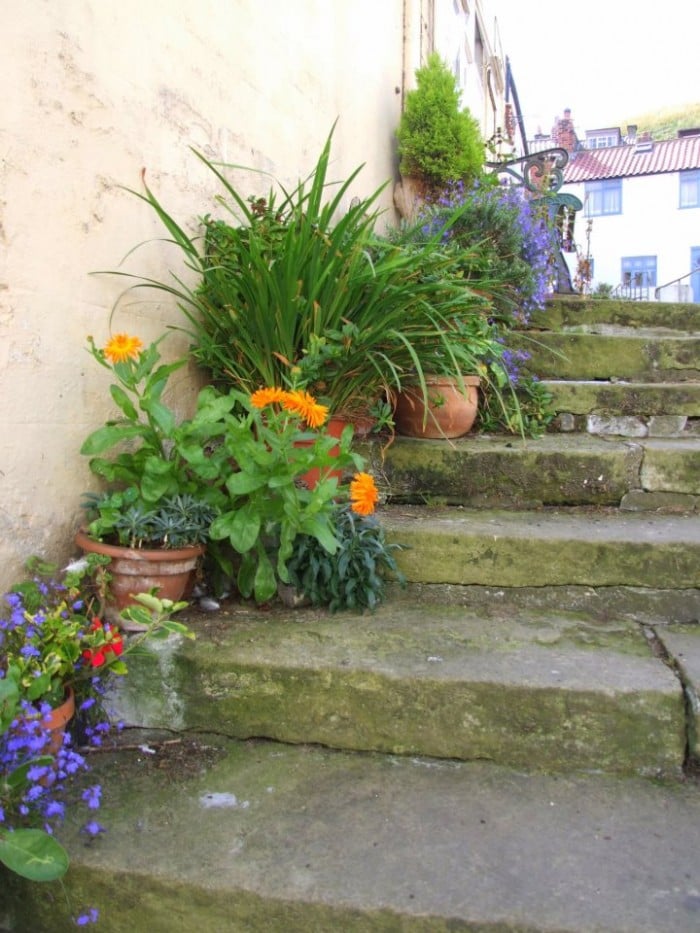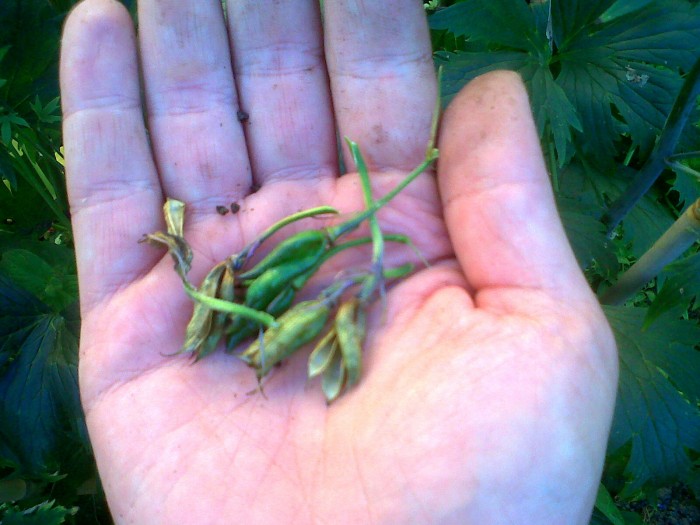If you watch television gardening programmes you could be forgiven for thinking that it’s a hobby that requires serious cash. If it’s not an unrealistically expensive two day garden makeover then it’s someone striding confidently over their neatly cultivated acres. Likewise with the industry showcasing big events like Chelsea and Hampton Court. They may offer inspiration and excellence but their budgets are well beyond that of most of us.
If we’re lucky enough to have a garden or any outside space at all then it’s likely to have to compete for funds from our hard pressed finances. It’s not surprising therefore that many people give up before they even begin. But that’s a shame, because gardening is the original recession proof hobby. When times were hard people grew vegetables to enhance their diet and flowers to provide some much needed colour drawing on skills and folk wisdom they’d learnt as children.
These days few of us learn those skills at our parents or grandparents knee as we once did. When faced with our first small patch of ground we can often panic. The response is sometimes to head for the garden centre and spend money on established plants that provide immediate impact or to get the whole thing paved over. Thrifty gardeners do things differently though. They see their neighbourhood as a source of potential plants, they’re not scared of seeds and like the Wombles they like to make good use of the things that they find. The end result might not be the most stylish and on trend gardens in the world but for a tiny outlay you can create a flower rich, wildlife loving haven. Soon saving money becomes a habit and you develop new ways of looking at your garden.

Here’s a few tips and ideas to spark your thrifty gardening habit.
- Visit the library – Most libraries have reasonable gardening sections so you don’t have to splash out on those glossy coffee table gardening tomes. Find yourself a good nuts and bolts beginners guide and a plant dictionary for starters and make notes.
- Go for a walk – Before you spend a penny take a leisurely walk around your neighbourhood. Have a good nose at the local gardens. What works, what doesn’t ? Which gardens tell you something about the owner and why ? Look at what plants are thriving locally. If you see rhododendrons and camellias looking washed out and sickly, it’s likely you live in an alkaline soil area. If they’re thriving then there’s a good chance your soil is on the acidic side. Speak to the owners if you see them, compliment them on their blooms and jot down names. If you’re lucky they might even hand you a cutting or a seed head.
- Visit pound shops and discount supermarkets – they sell plants at a fraction of the cost of garden centres. You can also pick up all the tools you need. Think laterally too. Those storage containers for a pound might not look that attractive but buy half a dozen, drill drainage holes in the bottom and you’ve the beginning of a container vegetable garden. Most stores will have a rack or two of plants that look sickly which they sell for pence but with a bit of TLC can be given a second chance to thrive.

- Reuse & recycle – Sow sweet peas in loo roll tubes and pack them in the plastic containers supermarket mushrooms come in, the ends of plastic bottles make great cloches, tin cans can stand in for pots. Look around the house for anything that could stand in as a pot for a larger display. Visit junk shops and salvage yards. You can usually find a wheelbarrow at the latter.
- Propagate – The moment you become a proper gardener is when you strike your first cutting or nurture your first seedlings into adult plants. Seeds are much cheaper than plants. For less than a pound you can have multiple numbers of a plant that would cost you pounds at the garden centre a few months down the line. Neighbours and those gardeners you befriended on your walk are often ready sources of seeds, cutting and self-seeded plants. Collect seeds from your own plants. Unlike shop bought hybrids they’re adapted to local conditions and whilst they won’t always be identical to their parent they’re likely to cope better in your garden. Learn how to divide perennials, move those self-seeded plants to positions where you want them. Swap your surplus baby plants with other thrifty locals.

- Compost – Making your own compost involves a bit of art, a bit of science and can soon become an obsession. Old palettes from salvage yards can be drilled together to create a bin, as too can the shelves of flat pack wardrobes. Remember to mix your green nitrogen rich kitchen and garden waste with plenty of ‘brown’ substance giving carbon elements such as newspaper and cardboard. Many local councils have a composting officer and courses to get you started. If you grow comfrey you can put its leaves in a bucket of water and in a bit of time you’ll have your own liquid plant food. Be warned, it can pong a bit.
- The best gardens may cost thousands or just a few pounds, the common theme to both is the love of the person who created it. Gardens on a budget are often eclectic places but I suspect they give their creator just a bit more satisfaction than those expensive instant makeovers on the television. What’s more they teach you that the best things in life don’t always require a large bank balance.
This is a guest blog post written by Martyn Clayton (AKA the ‘York Cycling Gardener’) who provides garden maintenance services in York by environmentally friendly pedal power. For more information about the service please visit http://yorkcyclinggardener.com/

